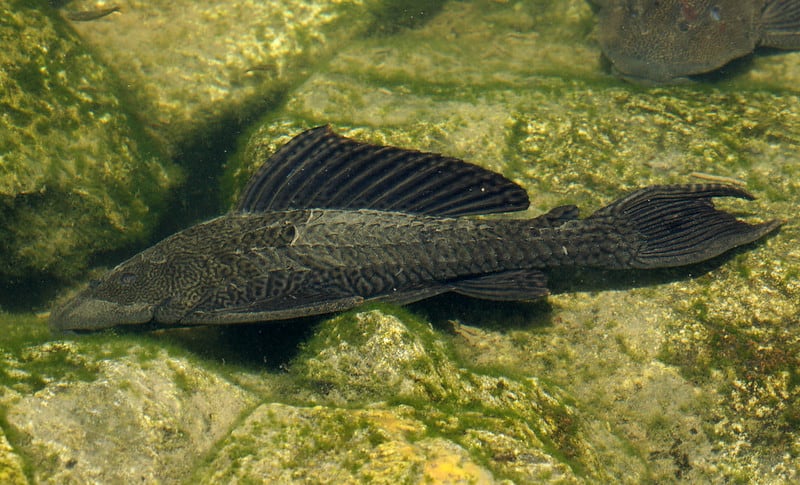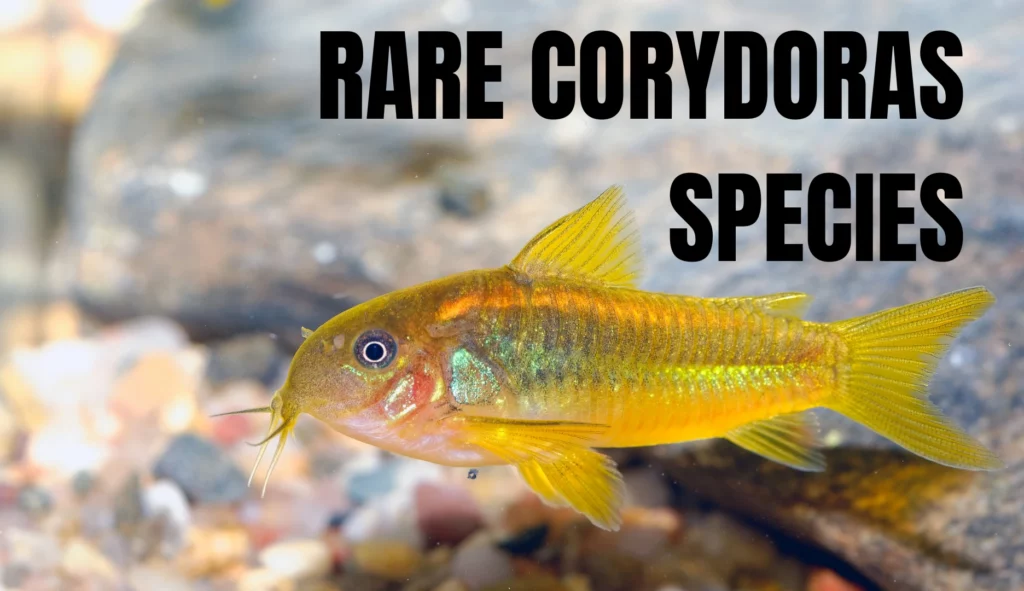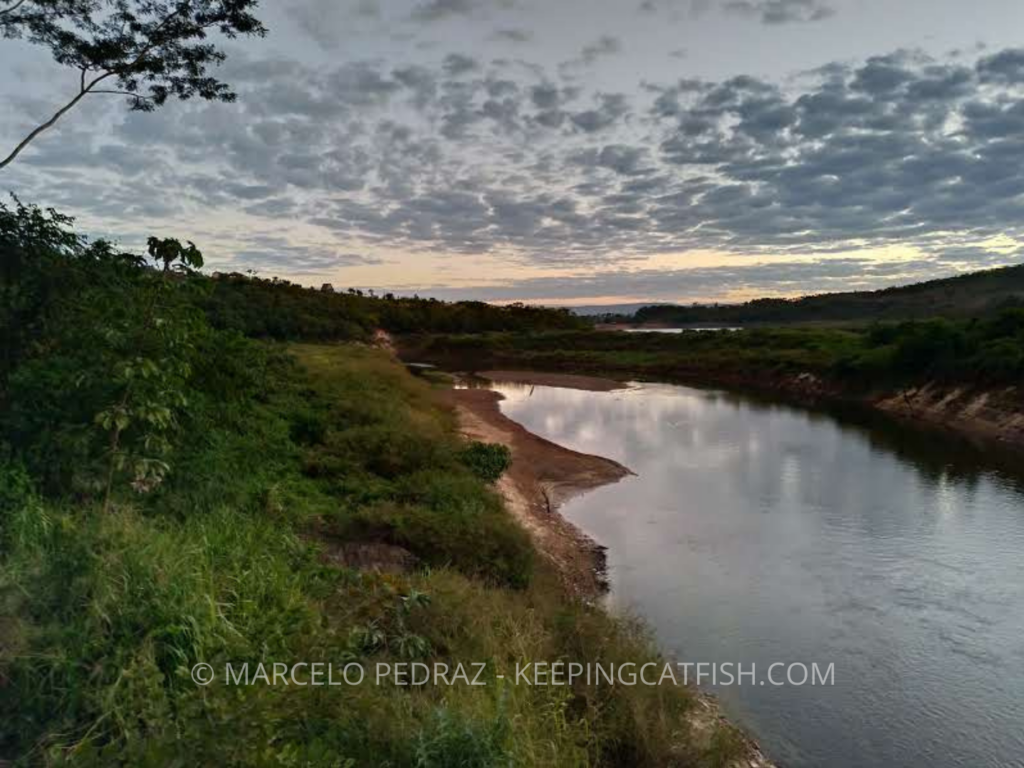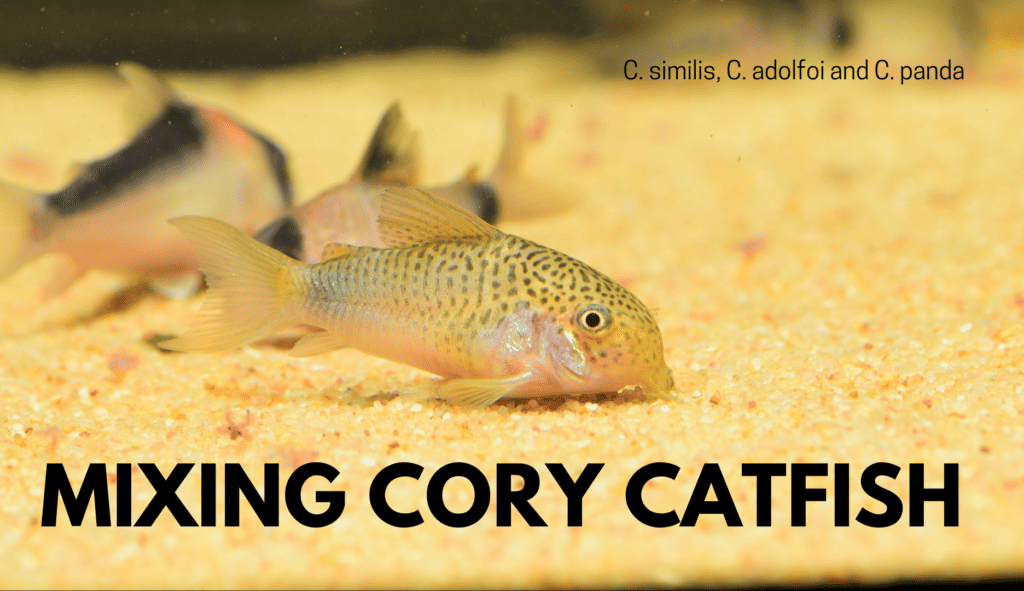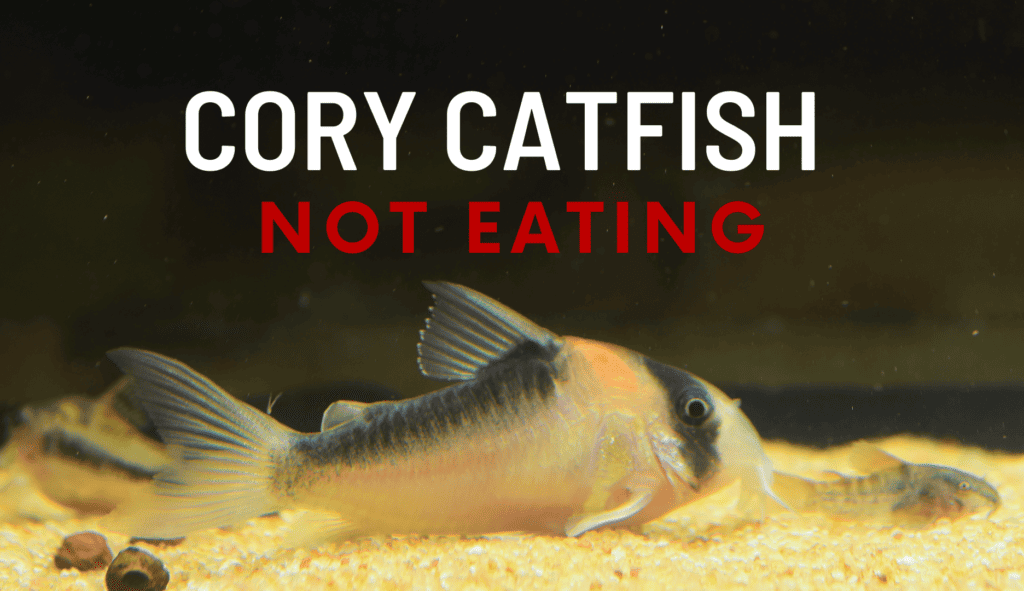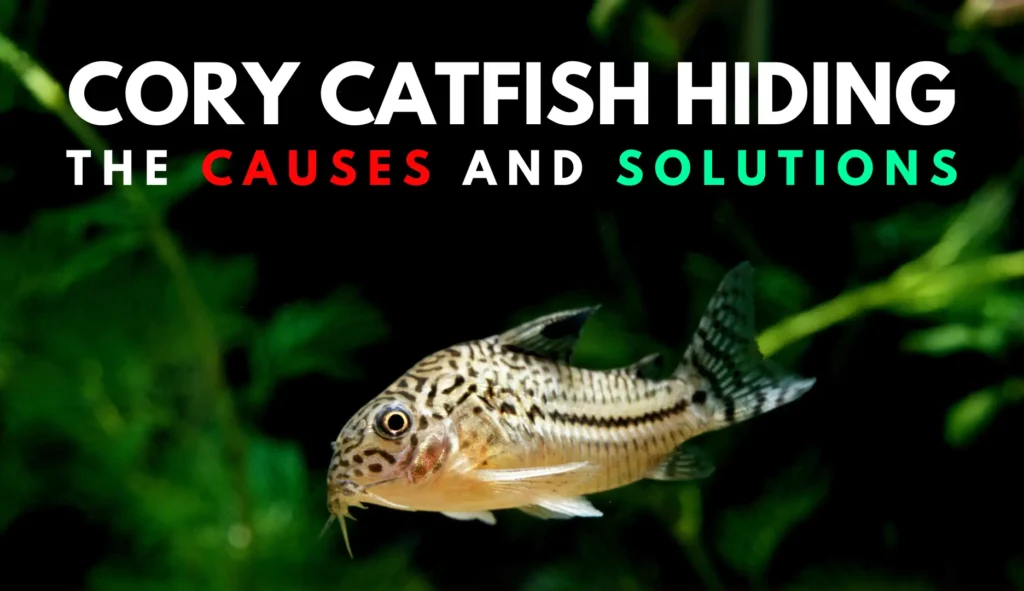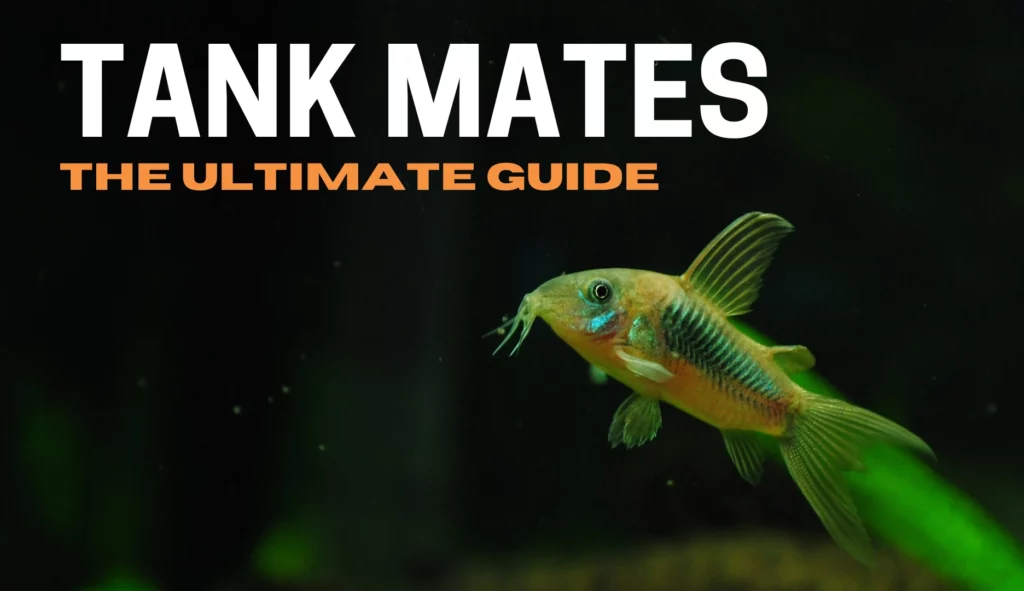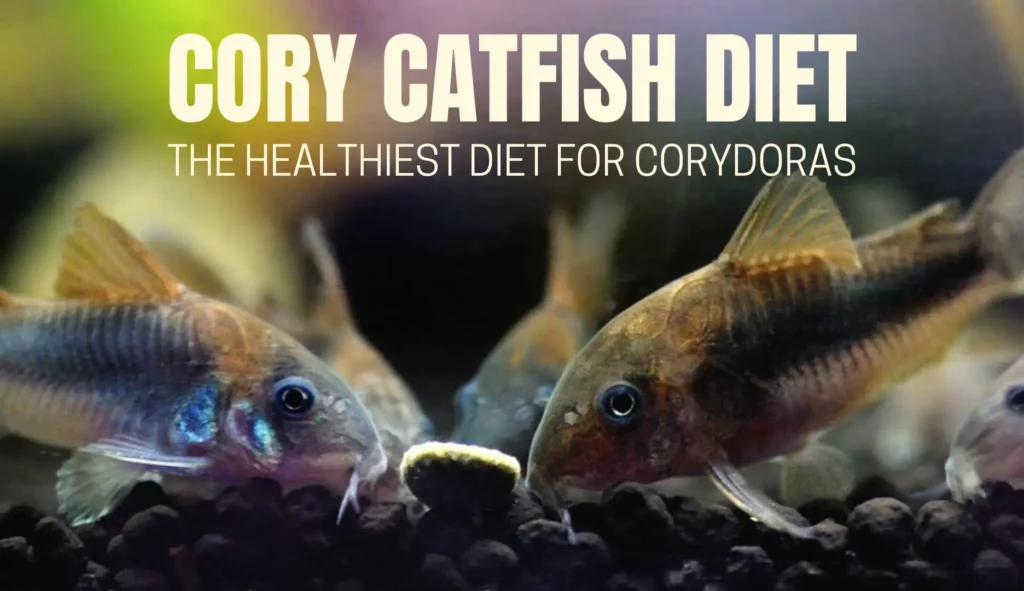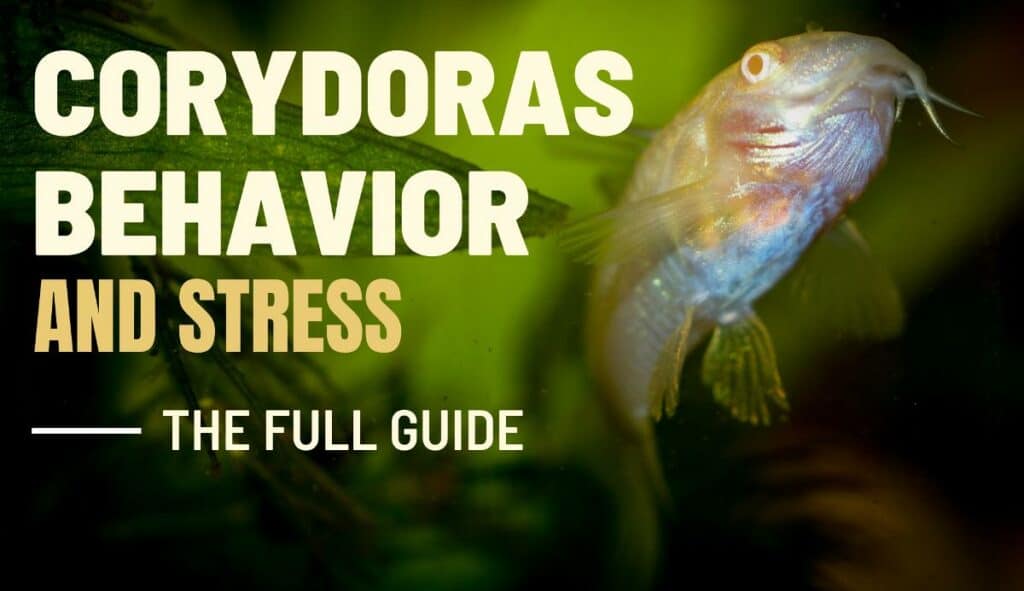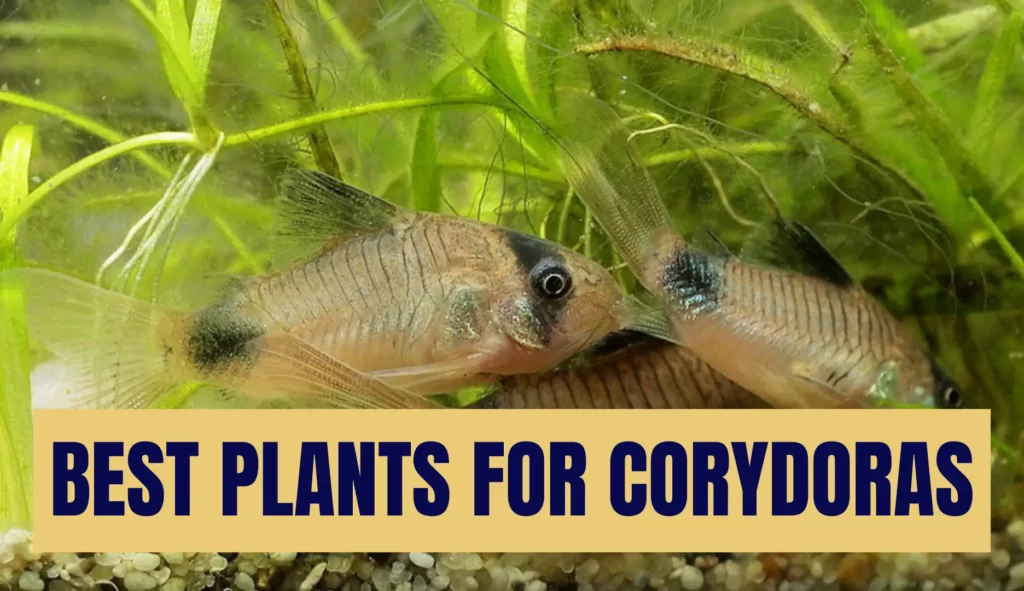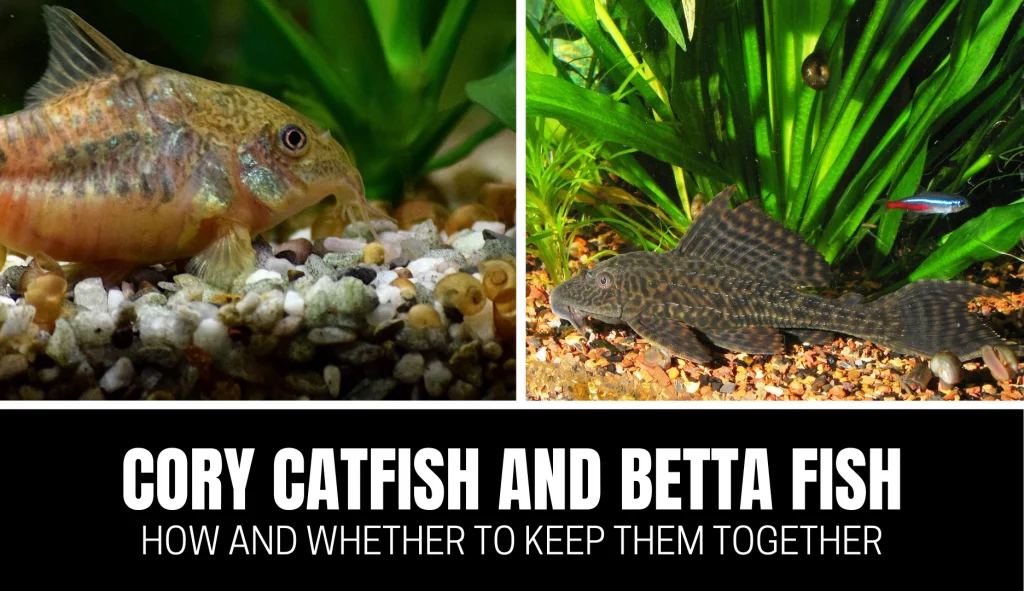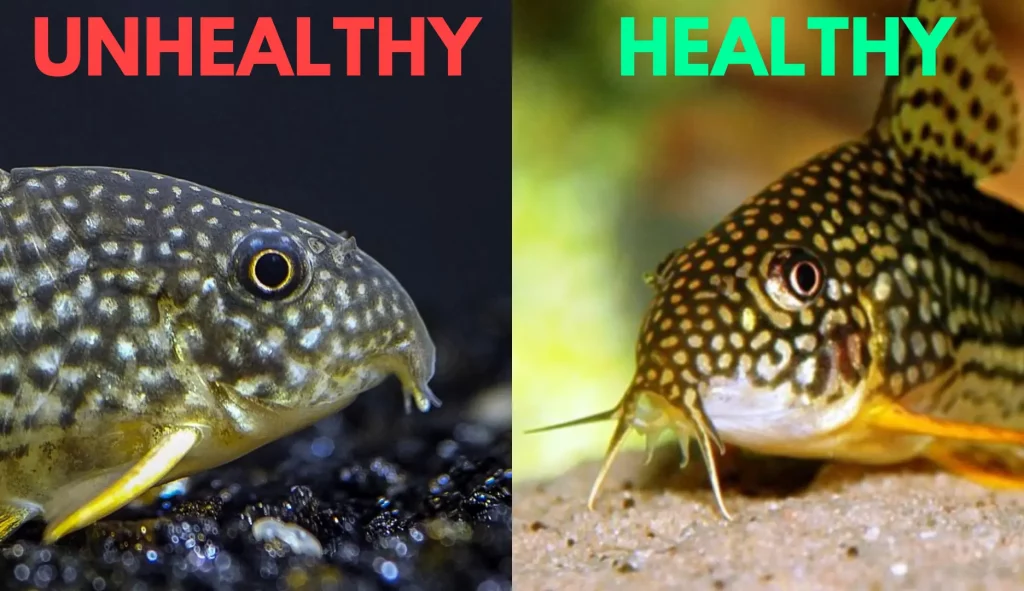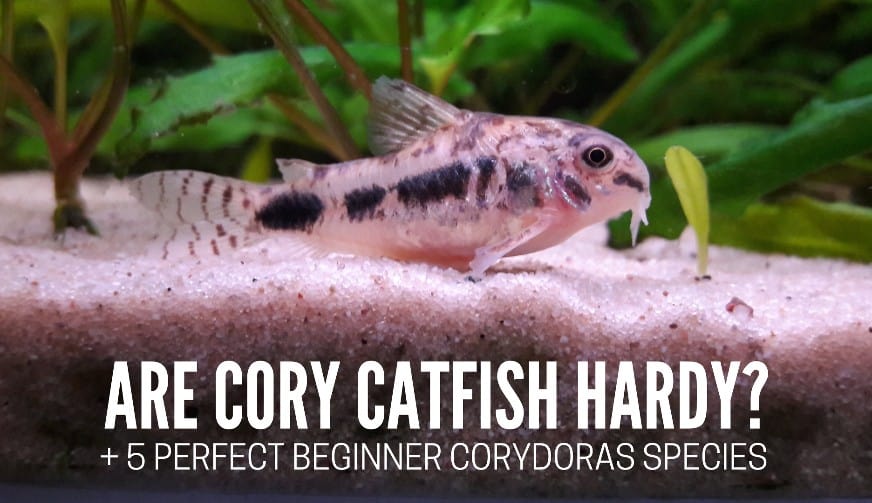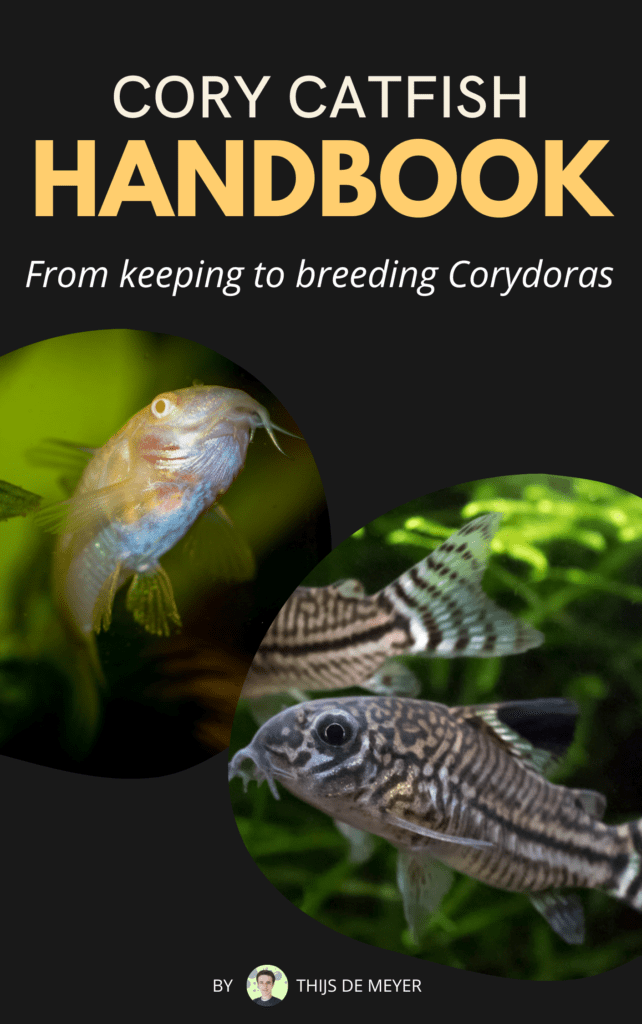Keeping pleco catfish in an aquarium can be a good idea, or a very bad idea.
Mainly because some plecos can get enormous in your aquarium, which makes them a bad choice for most.
And be aware, even though the pet store might say ‘pleco’, there are hundreds of different pleco species all growing up to different sizes! So, how big do plecos get?
Pleco sizes can range from 3 inches up to 20 inches depending on the species. The average full grown size of the common pleco is 15 inches.There are also many species that stay smaller like the bristlenose pleco (6 inches) or the zebra pleco (4 inches).
Here’s a full guide with the most common pleco species and their size, so you can pick the best species.
Pleco Species | Full size |
|---|---|
Bristlenose pleco (Ancistrus cf. cirrhosus) Full size guide | Up to 6 inches (15,2cm), exceptions up to 7 inches (17,8cm) |
Common pleco (Hypostomus punctatus) | Avg. aquarium size 15 inches (38cm), 24 inches in the wild (61cm) |
Clown pleco (Panaqolus maccus) | Up to 4 inches (10,2cm) |
Flash pleco (Panaqolus albivermis) | Up to 5 inches (12,7cm) |
Zebra pleco (Hypancsitrus zebra) | Avg. 3 inches (7,62cm), some specimens 4 inches (10,2cm) |
Hypancistrus sp. (L333)) | Up to 6 inches (15,2cm) |
Queen Arabesque Pleco (Hypancistrus sp. (L260)) | Up to 4 inches (10,2cm) |
Snowball pleco (Hypancistrus inspector) | Avg 5 inches (12,7cm), big specimens 6 inches (15,2cm) |
Leopard frog pleco (Peckoltia compta) | Up to 4.3 inches (11,0cm) |
Candy Striped Pleco (Peckoltia vittata) | Up to 5.5 inches (14cm) |
Peppermint pleco (Paracistrus nudiventris) | Up to 7 inches (17,8cm) |
Golden Nugget Pleco( Baryancistrus xanthellus) | Avg. 9 inches (23cm), some specimens 10 inches (25,5cm). |
Sailfin Pleco (Pterygoplichthys pardalis) | Up to 20 inches (50,8cm) |
Rubbernose pleco (Chaetostoma sp.) | Big variety between species, avg. around 5 inches (12,7cm) |
Vampire pleco, Galaxy pleco (Leporacanthicus galaxias) | Up to 10 inches (25cm) |
Royal pleco (Panaque nigrolineatus) | Up to 17 inches (43cm) |
How to make plecos grow bigger and faster
One of the things that’s always fascinated me is the differences in sizes between the same pleco species.
It can be a genetic thing (such as a result of incest), but often times it’s also a result of bad diet or poor living conditions.
Feeding your pleco a healthy diet
Feeding your pleco highly nutritious foods, starting from a young age is crucial for making your pleco grow to its full potential.
Many people don’t know that there are three types of plecos:
- Carnivorous plecos
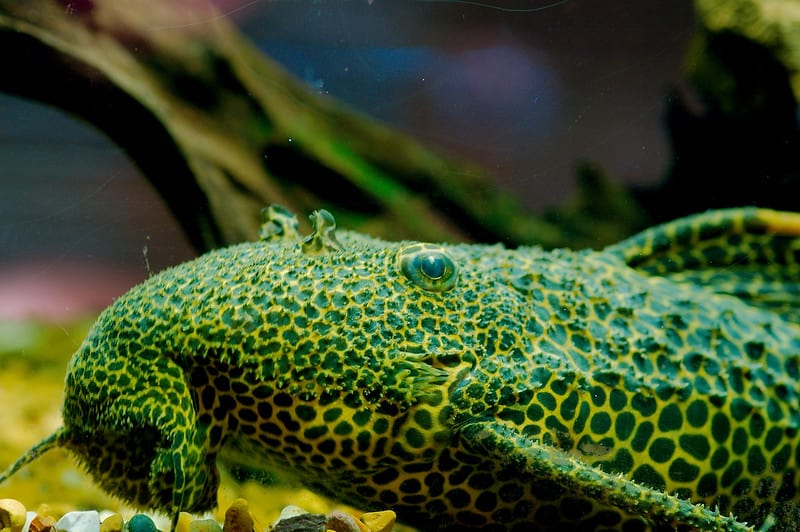
Certain plecos, like Hypancistrus and Pseudacanthicus species feed entirely on a meat-based diet.
Things like chopped mussels and frozen foods are ideal, as well as certain Repashy foods. There are also some meat-based pellets available on the market.
Even though these species are fully carnivorous, you can occasionally feed them some algae wafers to balance out the diet.
- Herbivorous plecos
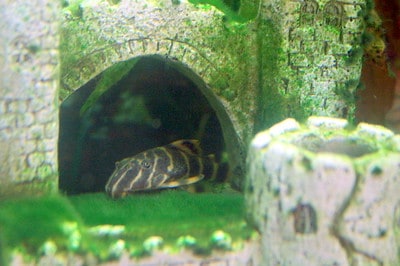
In the wild, these plecos will eat mainly algae and organic materials such as wood. This is why you’ll need some pieces of driftwood in your tank. Especially for the real wood eaters, like Panaque and Panaqolus species (which includes the Flash & Clown pleco).
Read our full article on what plecos need wood and why
Feeding these plecos is fairly easy, as they will take many types of vegetables and pellets.
Again, to balance out the diet you might occasionally feed some protein or meats.
- Omnivorous plecos
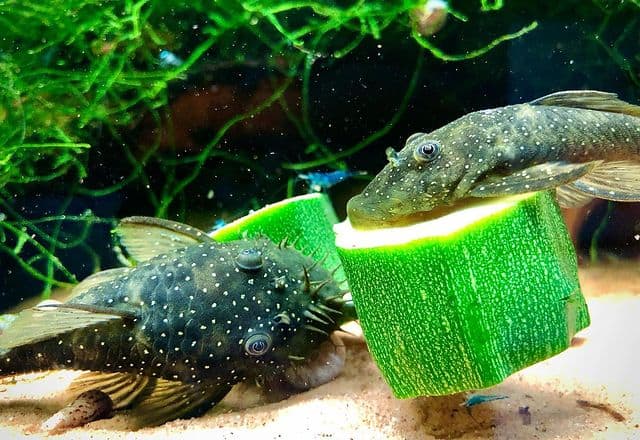
The bristlenose pleco is one of these, which might also declare the widespread succes of this pleco.
Most omnivorous species do best on a diet that consists out of 70-80% plant-based foods, supplemented with protein.
Related Read: What do plecos eat? The full guide ->
Living conditions
Water quality and tank size is of vital importance to make your plecos grow both faster and bigger.
A strong filter is highly recommended, along with weekly water changes.
Make sure to regularly check water parameters, primarily for nitrites and nitrates, these can limit growth.
In terms of your tank size, a 30 gallon tank is the minimum for most plecos. Small plecos like the clown pleco can do well in a 20 gallon tank.
Do plecos grow to the size of the tank?
To some extent, plecos grow up to the size of their tank. A tank that’s too small will not allow the pleco to full develop. However, plecos will grow out of a tank if it’s too small for them, and potentially cause damage or die.

